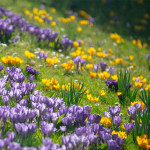
Aylett Nurseries
.
.
.
.
- Garden Centre
- Garden Centre (All)
- with Cafe
![]()
|
CONTACT DETAILS Beta listing full informations is only available on the Listings own website. Full details in this section will be available shortly
|
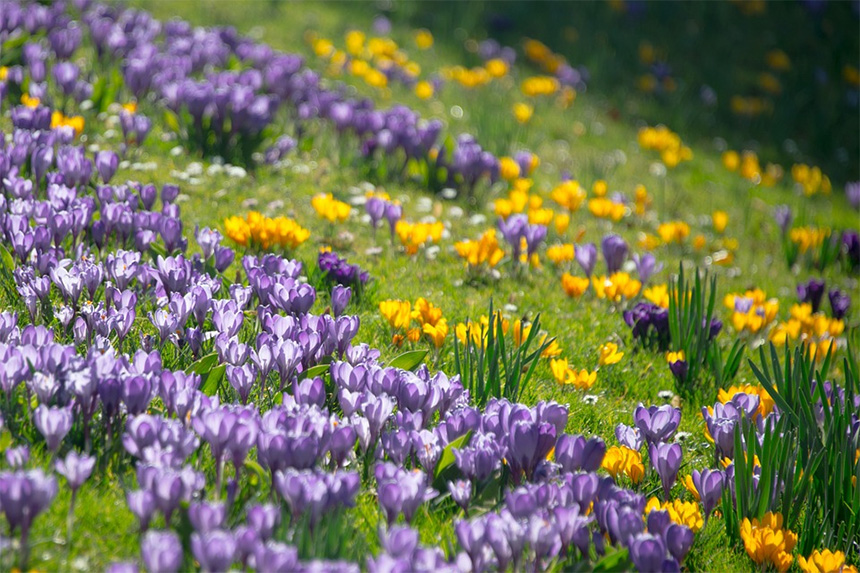 |
||
| . | ||
|
Aylett Nurseries Aylett Nurseries is an independent family business, the company was founded in 1955 by the late Roger Aylett. At that time the Nursery was engaged in growing Dahlias, Chrysanthemums, fruit and vegetables. Soon the Dahlias became the crop by which the Nursery was known, and customers would visit from far and wide to purchase the famous prize winning plants. Since 1961 our displays of dahlias have been awarded over 40 Gold Medals by the Royal Horticultural Society, and on three occasions the prestigious RHS William’s Memorial Medal. Although every year many hundreds of Dahlias are still grown, the Nursery has diversified into many other areas. Today behind the Garden Centre in our Nursery we have just under a hectare of glass and protected cropping. Throughout the year our seasonal bedding house is full of home grown plants. In the early spring Primroses and Polyanthus, in early summer they are a mass of colour with geraniums, fuchsias, summer patio plants, and hanging baskets, in the late summer Dahlias, Fuchsia, and autumn bedding cyclamen and primroses and polyanthus. A gas-fired boiler heats the greenhouses, and an environmental computer controls parameters such as heat, ventilation, humidity, and also operates the watering by overhead irrigation. Dahlias The Dahlia is the Queen of our home grown crops, and their production follows that same pattern every year and forms the core of our cropping programme. It starts in January, when the Dahlias Tubers are taken out of storage and laid out on moist compost in our Propagation house. The heat and lights are turned on, and slowly but surely the Dahlia tubers begin to sprout new tiny green shoots and through the wonders of nature life returns to these brown storage organs. In due course these become the first cuttings taken from the tubers which are then rooted and potted into 11cm pots to grow on further. As the nights become shorter the sodium lights are turned off and the tubers continue to sprout new growth and many cutting are taken and rooted until the tubers use up all their energy. Before this happens we have normally taken over 17,000 cuttings which have been rooted, potted and put out for sale, for you to purchase for your own gardens. During the first week of June our attention turns to planting our 2 acre Dahlia Field and Celebration garden, using these young plants, just as you would in your own garden. It usually takes us a week to plant the complete alphabet of our Dahlia varieties, with 80 plants of each variety in every row. These plants are stopped, fed and watered until they come into flower in early August. In September the feeding regime changes a little to start to feed the tuber under the ground which will be dug up in November after the frost of autumn, and stored ready to start again the next year in January. Dahlias are the only plants that we store through the winter and use our own stock to propagate from. Geraniums, Fuchsias, Summer Bedding Plants & Hanging Baskets Over the years a cropping programme has been formulated that makes the most efficient use of the available greenhouse space. If we start in January, the green houses are full of primroses and polyanthus quietly growing since the previous June ready for spring sales. At the beginning of February the first of the Geraniums and Fuchsias arrive as young plants from specialist young plant nurseries around the globe. These are also potted into 10cm pots and start to grow. Over the following months they are spaced, watered, fed and stopped many times to ensure that they grow into a nice strong compact plant ready for your garden. The hardy varieties of Fuchsias are potted on into larger pots, which in turn will grow into larger plants to be sold in July and August. We also purchase some small whips (these are tall single stem plants) of Geraniums and Fuchsias which we grow on specially for producing standard plants rather than bushes. Between February and April we pot over 40,000 thousand young Geranium and Fuchsia plants in our nursery. Some of these young plants are also used to start planting our fantastic hanging baskets. Every June trips are taken to the trial grounds of various young plant breeders to make sure we are using the latest and best varieties for the for this job. These plants are then combined following a specific recipe designed by Hazel Aylett, using her knowledge and skill of blending plants and colours. Over the course of the season over six hundred baskets will be planted. At the beginning of March the biggest deliveries of young plants arrive to be potted into our Aylett’s choice 6 pack. Over six thousand packs are hand potted by our skilled team, once rooted they are an ideal way to purchase bedding plants for using in containers and baskets at home. By the middle of May the Seasonal bedding House is a mass of colour, it is a stunning sight to see and should definitely be visited before the last bank holiday in May to select from the greatest range. During April , the last of the summer young plants arrive and these are the Gallery and XXL Dahlias, which are grown from vegetative propagation under licence, these are potted into 10cm pots to get them to grow a good root system and then they’re repotted into 3 litres pots making large plants ready to sell, these are ideal for filling any gaps in your summer garden. Primrose, Polyanthus, Cyclamen & Poinsettias At the end of June our thoughts start to turn to the end of the year and the first young plants of Primroses and Polyanthus arrive for potting into 11cm pots, ready for autumn and spring sales. The Bedding Cyclamen varieties are also potted into 9cm pots, these are quickly followed by the Houseplant varieties which are potted into larger 17cm pots to be grown into large indoor houseplants. In July the final young plants of the year arrive, our Poinsettias. We grow over 4,000 poinsettias in 22 different varieties. During July and August these young plants begin to grow, they are fed, watered, pinched back and spaced to make sure that they form a well-shaped rounded plant. As the nights begin to draw in at the end of September the leaves slowly begin to change colour until the greenhouse is a mass of pinks, reds and white. As the year draws to a close we start cleaning the greenhouses, replacing the capillary matting and getting ready to start again for the next year. |
||
| . | ||
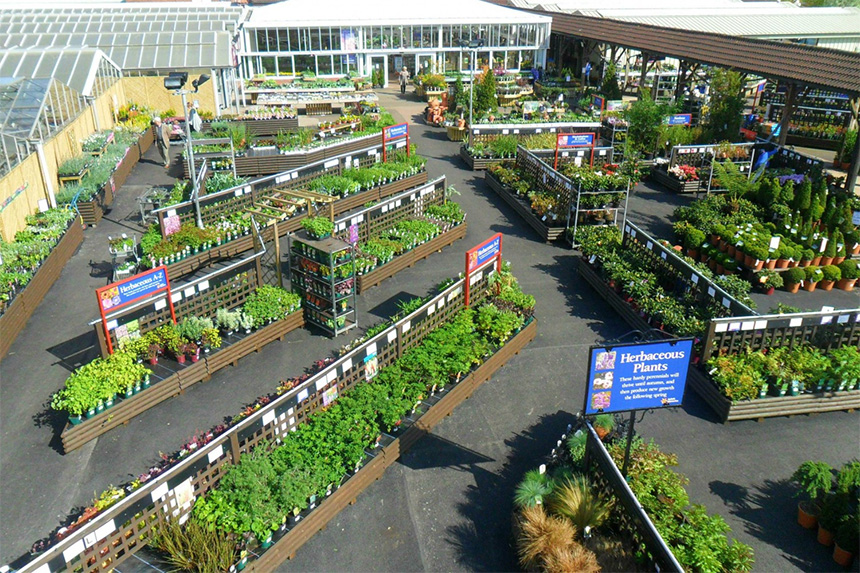 |
||
| . | ||
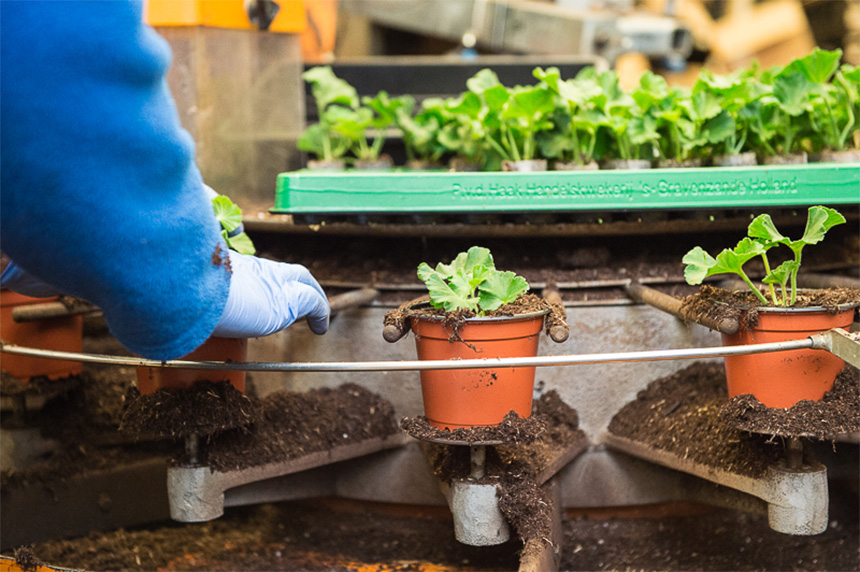 |
||
| . | ||
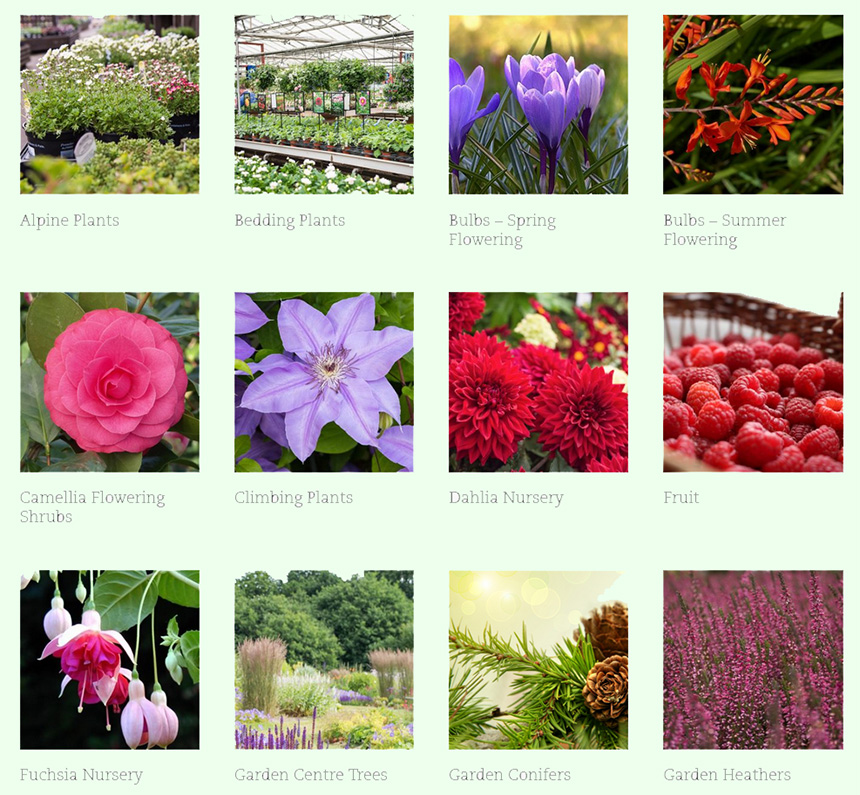 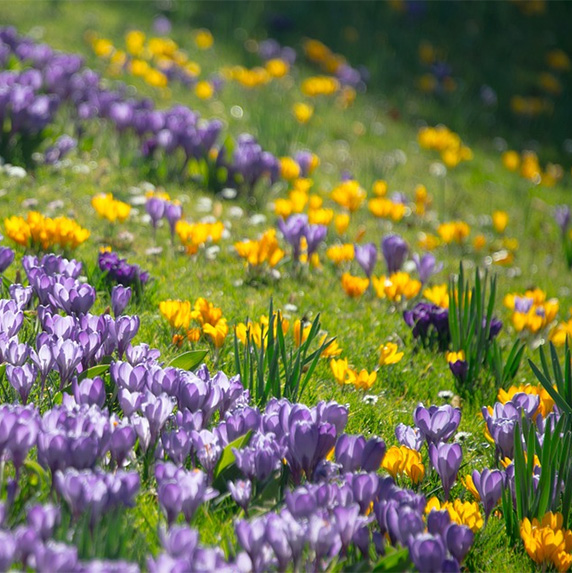 |
||
